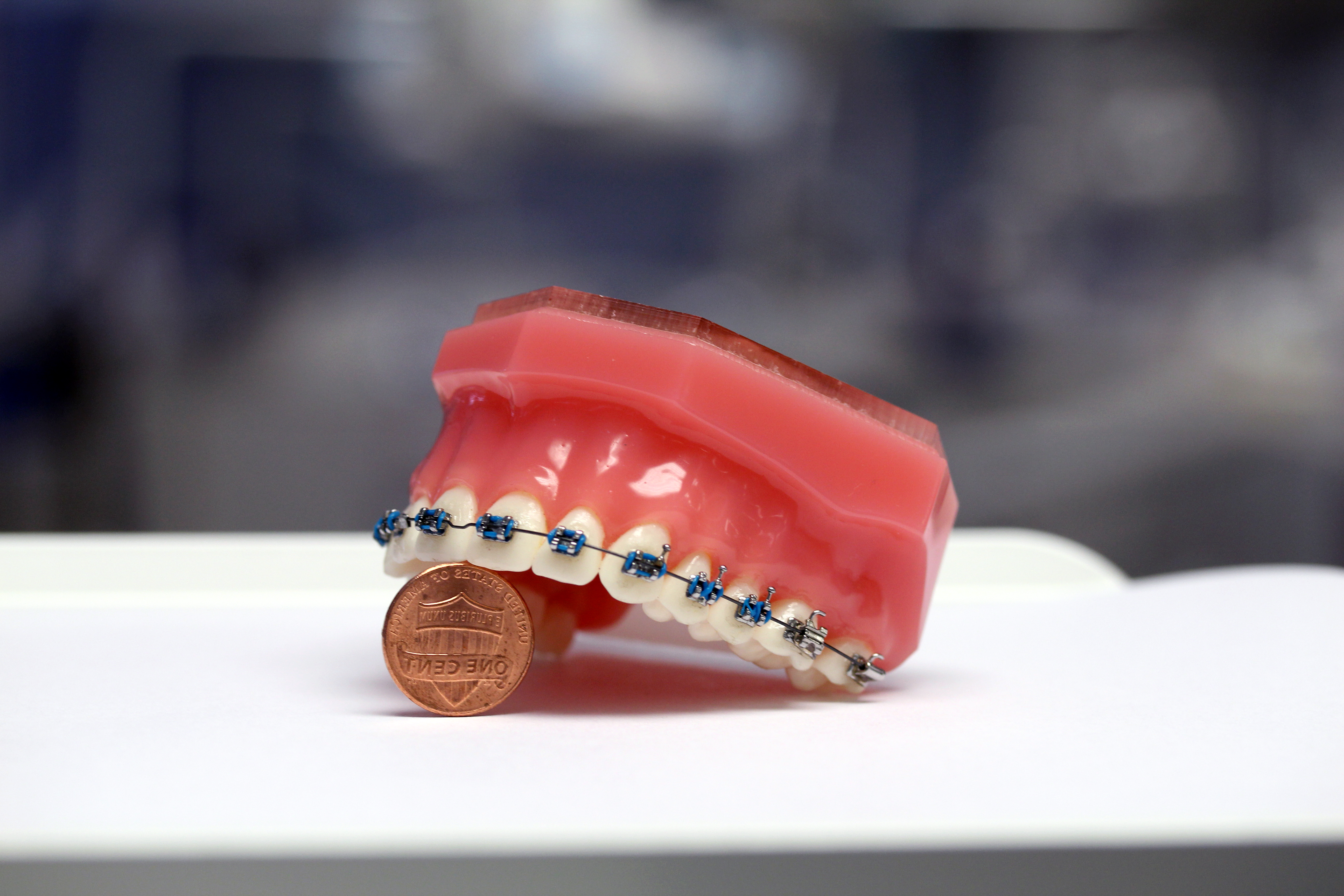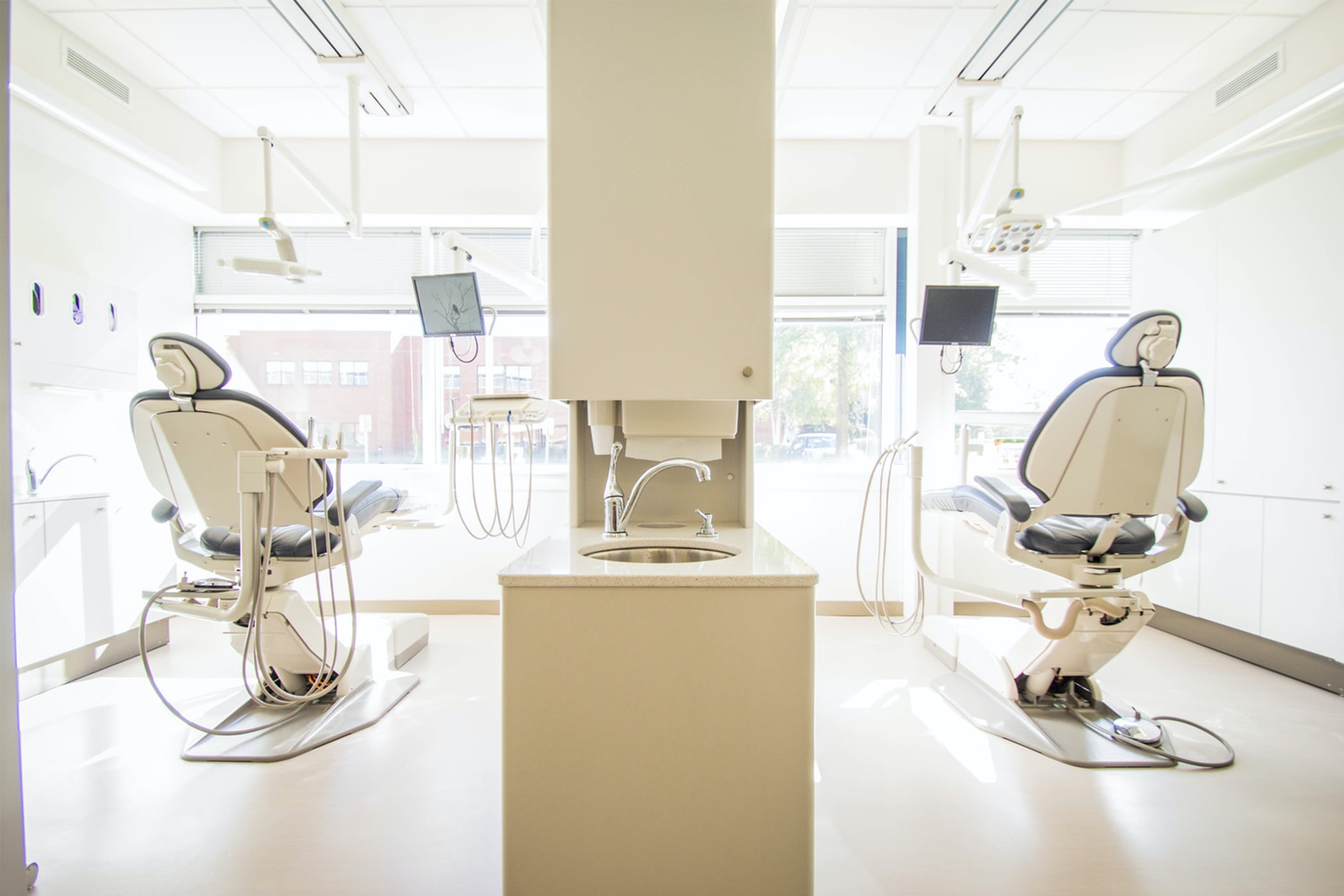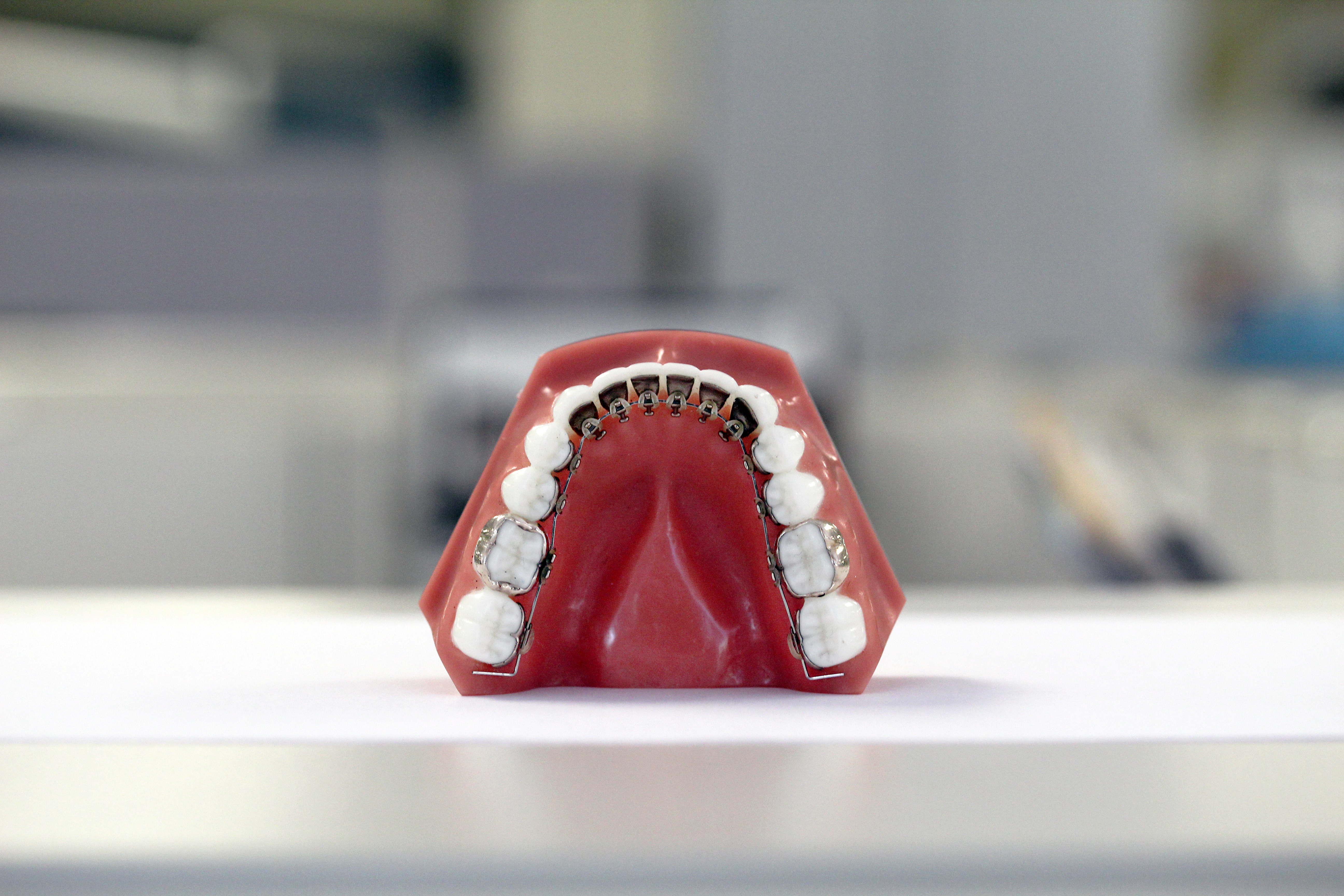The end of 2020 is fast approaching. Besides the election, what does this mean? That it’s time to revisit one of my original posts. As you may recall, most dental residencies charge exorbitant tuition. If our medical colleagues knew, they would shake their heads in disbelief. Where does UCLA vs. USC come into this? Back in 2017, I tallied that the direct cost of attending USC Orthodontics for residency came out to $269,299 (yes tuition, no salary). To match at UCLA Orthodontics, on the other hand, netted you $158,824 (no tuition, yes salary). The raw net difference stood at $428,123. How do the Bruins fare three years later in 2020? Let’s find out.
Following the 2018 midterm elections, five dentists have been elected to Congress. Similar to our physician counterparts, the vast majority of dentists serving in Congress are white, male, and Republican. Not surprisingly, how the physicians and dentists in Congress have voted on the Affordable Care Act (ACA) falls largely along party lines. This is despite the fact that many doctor groups, including the American Medical Association and the American Dental Association, have opposed efforts to repeal Obamacare. Let’s look a bit further into the political stances of the five dentists elected to the 116th Congress. It’s time to get political!
In late May, the Wall Street Journal published an article detailing the financial troubles of Dr. Mike Meru. In short, Mike Meru is an orthodontist practicing in Utah who owes more than $1 million in student loans. Yes, you read that right! As a fellow orthodontist, I appreciate his willingness to share so much about his financial life with the public. This is something that many people would never do, no matter their line of work. However, this article brought to the forefront a number of difficult issues uniquely facing the current generation of student borrowers. After all, who is to blame for his $1 million student loan debt?
I recently attended a conference for orthodontists where I was able to play with some pretty cool gadgets. One of the highlights was using an Oculus Rift to create a surprisingly accurate simulation of a treatment outcome. Who knew that orthodontists could move teeth with the help of virtual reality? As I wandered further down the rabbit hole of rapidly evolving technology, I couldn’t help but think of the advent of artificial intelligence in healthcare. Yes, I’ve had many discussions with my peers in healthcare over our relative degree of replaceability. But how soon will it be until we see it in practice?
This year, U.S. News’ ranking of the best jobs in the country saw dentists come in at no. 2. Software developers came out on top with the best jobs of 2018, dethroning dentists from their previous perch on top of the 2017 rankings. Naturally, many of my dentist friends and I discussed the meaning behind our new horoscopes. Murky methodology aside, let’s look further into why so many healthcare jobs continue to dominate the 2018 U.S News best jobs list. Did I mention that orthodontists made it into the top 5?
I’m a little late on this post, but wanted to reflect a bit on how big of a year 2017 was for orthodontics. Especially in the world of clear aligners. Back in October, Invisalign had a number of their patents expire, thereby ceding part of their long-held monopoly on clear aligners. And by the end of December, Align Technology — the parent company that owns Invisalign — had the top-performing stock among S&P 500 companies. Yes, you read that right. Take that, finance, tech, and med friends! A dental company was on top of the stock market in 2017.
My residency program held our annual interviews for the newest batch of residents just last month in September. As a residency program that does not participate in the match, we tend to interview applicants on the earlier end of the interview trail. This is similar to what other non-match programs do. In any event, I was asked to give a short, 10-15 minute presentation to the interviewees on a topic of my choosing that would show them what our program has to offer. My topic? Finances during residency.
Two new dental schools are set to open in the United States. One in New York, and the other in Texas. Combined, those two states already have 7 dental schools. While there are currently 66 dental schools in the US, 14 states do not have any dental schools. In fact, as previously discussed, more dental schools are opening every year at a rapid pace. Let’s take a closer look at all the new schools across the nation.
Back when I was applying to dental school, there were only fifty-something dental schools across the nation. Today, there are currently 66 dental schools in the US with a few more set to open their doors the next couple of years. And yes, I’m still in my 20s. While a number of these schools were strategically founded to address unmet dental needs in large swaths of the country, many believe that more can be done on this front than simply increasing the number of graduating dentists every year (future post!). The fact of the matter is, more dental schools are opening every year, and that’s not necessarily a good thing. Just ask the dentists in Utah.
If someone offered you a spot at residency program A at no cost, and a spot at residency program B with a $400K signing bonus, which would you choose? The answer is obvious. What’s the catch? Both residency programs are the same duration. Both programs are located in the same state. Both programs are located in the same city. You will become a full-fledged specialist coming out of either accredited program. There is no catch. For any medical resident, this is an absolute no-brainer. Then why are some dental residents still choosing residency program A?









